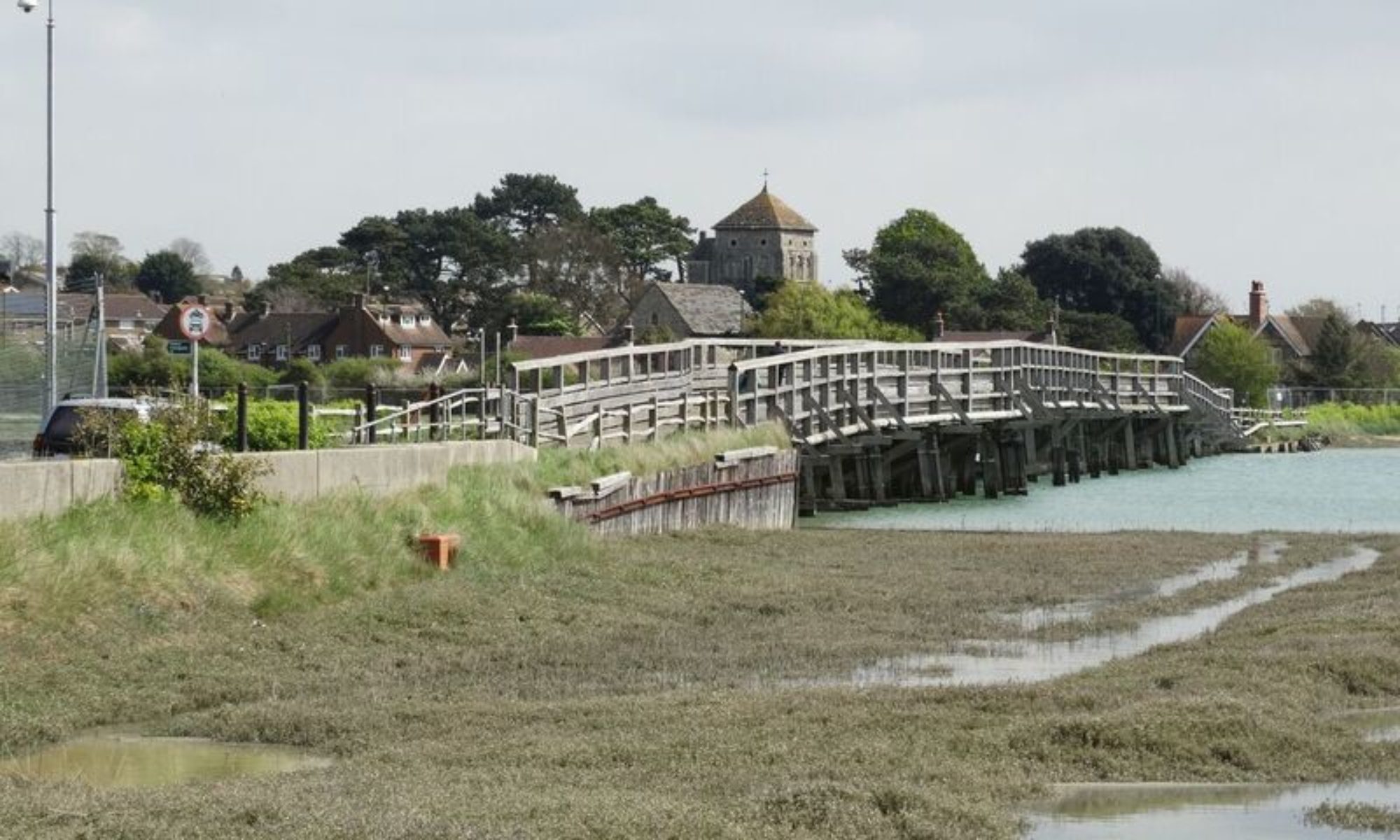Rotherfield lies halfway between Mayfield and Crowborough on top of a hill in an area of outstanding beauty. It is the source of the River Rother, which springs from a cellar in a house in the village, and the River Uck.
There are written records of Rotherfield in the 8th century. It was featured in the Domesday Book and in various other medieval documents. Three inhabitants were burnt at the stake for their religious beliefs in Tudor times.
Rotherfield was originally a Saxon settlement in an area generally covered with oak forest. The church stands at the top of the hill, which was then surrounded by cleared land.
The areas nearest to the valley bottoms, where water was available, were farmed.
After an excellent traditional pub-meal at the Catts Inn with very friendly service, we set out on our 8.5 km walk on the warm and sunny afternoon.

The Pub!

St Denys Church

Distant Rotherfield

Dewlands Manor Golf Club

A wood full of bluebells

Typical countryside

Pass with difficulty

St Michael and All Angels Church, Jarvis Brook

Erosion

Iron-rich stream

Hornshurst Wood, Rotherfield











































































